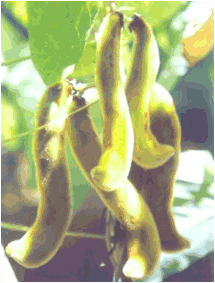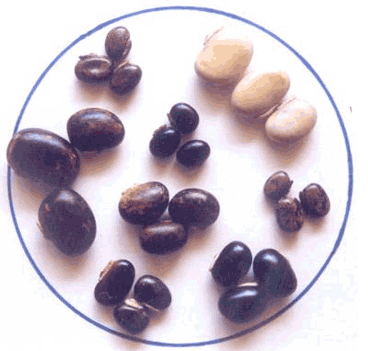Mucuna goes by other names such as cow-itch, cowage, buffalo bean, velvet bean, nescafe, sea bean, deer eye, etc. in different parts of the globe. The name 'nescafe' is attributed to it for its usage as a coffee substitute in South America.
The plant is a vigorous climber, bears purple or white flowers and has turgid S-shaped pods, which are covered by numerous stinging hairs.

Mucuna pruriens - The Plant

The medicinally valuable parts are the seeds, though studies have revealed the presence of active principles in stems and leaves too.

Mucuna pruriens - Seeds
Mucuna pruriens is documented to contain the highest amounts of L-DOPA and was used by physicians of yore, due to its ready availability in the forests and the better results it yielded when used for the treatment of diseases of the nervous system.
Ancient ayurvedic literature describes Mucuna's unsurpassed health benefits such as its use as a potent aphrodisiac, geriatric tonic and vermifuge, among a host of others. Yet in modern day times, the focus is on its singular use - in the treatment of Parkinson's disease.






